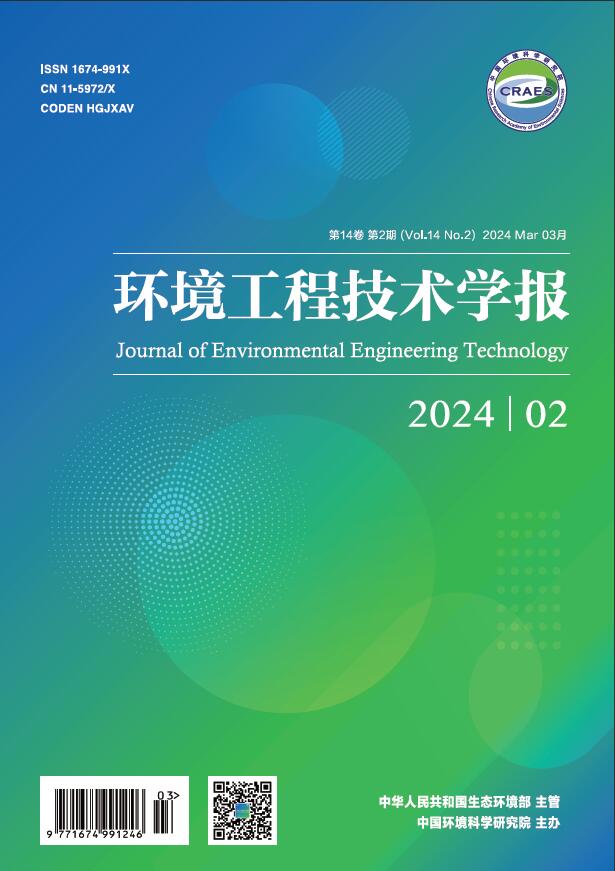Abstract:
The water quality of Waihai of Dianchi Lake abnormally deteriorated from Ⅴclass to worse than Ⅴclass (Environmental Quality Standards for Surface Water (GB 3838-2002) ) in 2017. Particularly, the concentration of water quality indicators, TP, TN, CODCr and Chla, abnormally rose during June to August. The roots causing the water quality deterioration are as following: compared with the same period of the last year, the precipitation increased by 81% during June to August in 2017, and it is the highest since 1999. Because of the abnormal precipitation, the pollution loads of TN, TP carried by Baoxiang River, Panlong River and Jinzhi River which are the main inflows of Waihai increased by 50% and 59%, respectively, directly leading to the water deterioration of the north of Waihai. In addition, the combined sewage interception system was overflow during the rainstorm, leading to the low collection rate of waste water treatment plants (WWTPs). Compared with the dry season, the average influent concentration of CODCr, TN, TP of the WWTPs of No.2, No.3, No.4 and No.9 decreased by 15%, 15% and 20% in rainy season, and the average influent concentration of CODCr, TN, TP of the WWTPs of No.10 decreased by 16%,19% and 8%, respectively. Meanwhile, compared with the year of 2016, the water supply by Niulanjiang water transfer project decreased by 50%, the concentration of NH3-N, TP, TN increased by 75.2%, 51.1%, 40.2%, and therefore the effect of water quality improvement was reduced. Four strategies to improve the water quality of Waihai of Dianchi Lake were proposed, including improving the sewage collection system and enhancing the efficiency of wastewater collection by advancing the check of pollution interception system; improving the regulation of the combined sewage by optimizing the operation of the built storage pools; improving the purifying rate of sewage treatment plant by optimizing operation, enhancing supervision and joint operation in rainy season; improving the environment efficiency of water supplement project by enhancing the protection and governance of water source area of Niulanjiang River.


